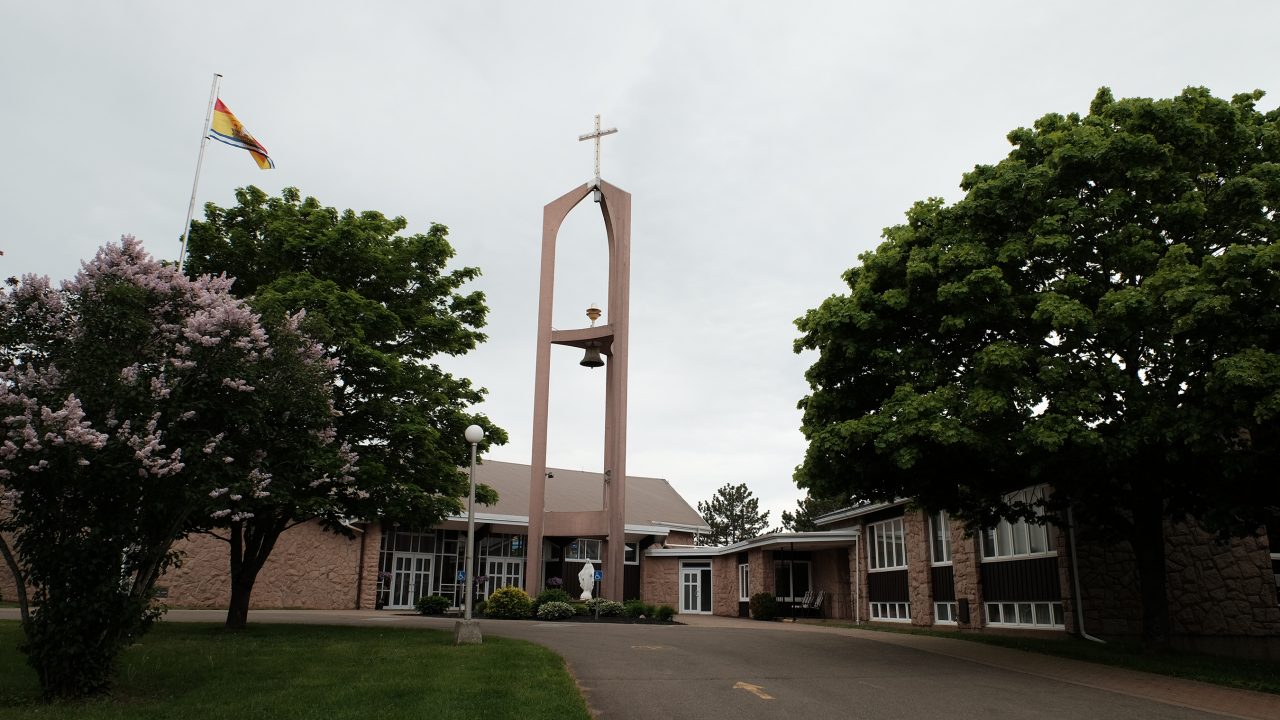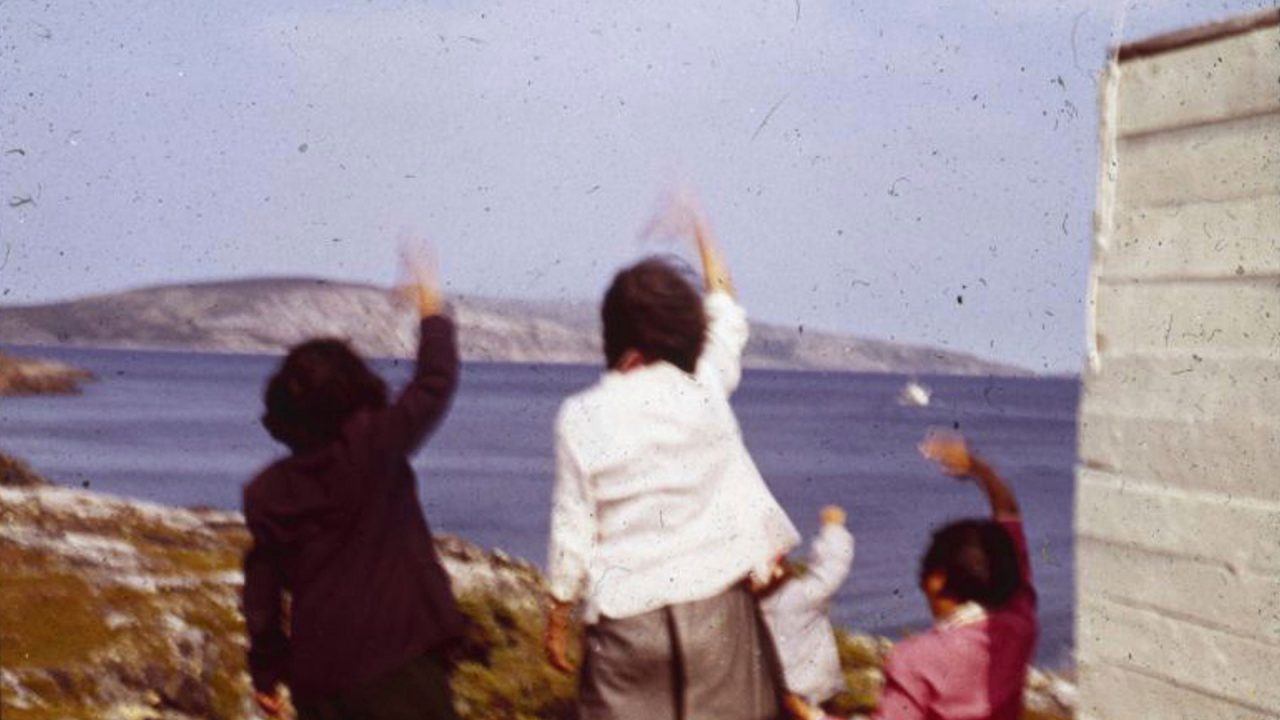
Mini-Lesson for The Silence: Abusers in Organizational Settings
Mini-Lesson for The Silence: Abusers in Organizational Settings
Mini-Lesson for The Silence: Abusers in Organizational Settings
School Subjects:
- Childhood Development
- Human Rights
- Contemporary Issues
Ages: 18+
The Silence, Renée Blanchar, provided by the National Film Board of Canada
Keywords/Topics: Community Silence, Institutional Silence, Sexual Grooming, Sexual Abuse Prevention Strategies
Overarching Question: How does someone who’s committed crimes of a sexual nature ensure the silence of both their community and organization in order to maintain their position of authority?
Warning: Sensitive topics, sexual violence, victimization
Trigger Warning: It is normal for students to experience a range of emotions (anger, frustration, sadness, shame, etc.) as they watch the film. It may even stir up painful or traumatic memories related to their own lives. For these reasons, it’s vital that students be given the opportunity to discuss these matters with a trusted person or group.
Educational Synopsis: Renée Blanchar’s documentary The Silence provides a rare opportunity to understand how abusers muzzle their victims, community and organization, effectively creating a climate of silence and denial that allows them to continue perpetrating their crimes. Blancher combines archival footage and interviews with the survivors and community members to shed light on the process by which the silence is maintained. She also reveals the strategies abusers employ, both to get close to their victims and to maintain their position of authority within the community. The film invites us to reflect on how we might better protect our children and communities by implementing strategies to prevent sexual violence.
Activity 1: The social context that fosters silence about children’s victimization
To understand not just how sexual abuse could have occurred in faith communities, but is also very apt to occur in other organizational settings (e.g., school, sports), we must first understand how the abuser, their organization and sometimes even the community contribute to maintaining the silence.
The Silence – Abusers in Organizational Settings (Clip 1), , provided by the National Film Board of Canada
Lead an inquiry-based discussion.
- Divide students into small groups (3–5 per group), then have them point out aspects to the Canadian social context that have contributed to maintaining the silence around sexual abuse. Help them analyze the role and position of the Catholic Church and its priests in Canadian communities between 1950 and 1980.
- What are some of the consequences of this silence on victims, survivors and their communities?
- Have students draw comparisons between the situation portrayed in the clips and other situations in which an organization maintained the silence to protect abusers who were prominent community members.
Summary: For Canadians, the importance placed on religion is constantly shifting. While in 2000, some 70% of Canadians felt religious affiliation and beliefs to be important to their lives, just 49% reported feeling this way in 2017 (CROP, 2020; Statistics Canada, 2020). Historically, religious orders have played a key role in social institutions like education and health care. In some Canadian communities, religious leaders (priests, pastors, etc.) wielded a great deal of influence over the choices, decisions and behaviour of their parishioners. Over the years, though, their influence on day-to-day life has dwindled, as the above statistics suggest. Today, the decisions we make each day are apt to be influenced by non-religious entities—teachers, schools, coaches, sports clubs, influencers, even brands.
Activity 2: How abusers choose their victims
The Silence – Abusers in Organizational Settings (Clip 2), , provided by the National Film Board of Canada
Test your students on their knowledge of sexual violence by having them answer the questions below as best they can. Then compare their responses to the answer list.[1]
What percentage of those who commit sexual assault are men?
What percentage of sexual assaults are committed by someone the victim knows?
Where do the majority of sexual assaults occur?
What percentage of sexual abuse survivors are physically injured (cuts, burns, bruises, etc.)?
What percentage of sexual assaults are reported to the police?
What percentage of sexual assaults are falsely reported?
Summary: Abusers rarely act upon a whim: most of them know their victims. Indeed, fully 78% of all sexual assaults are committed by someone the victim knows. Abusers choose their victims based on their knowledge of that person’s economic, social, family, educational and/or personal vulnerability. They typically target the individuals who are most at risk. They can also exploit their victim’s dreams, like Victor’s dream of becoming a professional hockey player. There are a great many myths about sexual assault in general, the most common of which need to be debunked. Abusers also know full well that their actions are likely to go unpunished, particularly if they enjoy a certain community standing.
Activity 3: Opportunities for abuse
The Silence – Abusers in Organizational Settings (Clip 3), , provided by the National Film Board of Canada
Start a classroom discussion based on the following question: What opportunities, strategies and/or violent means might an abuser use to entrap their victim(s) and commit their crimes? The context can be a school or university, sports activities, a family context or a romantic relationship.
Summary: While The Silence focuses on acts that occurred in the past, the underlying issue of child sexual abuse remains all too prevalent. We must also remember that abusers gain coercive control of their victims gradually, often through some form of psychological manipulation (e.g., emotional blackmail, manipulation, making the victim feel as though they’re to blame, instilling a climate of fear or denial, gaslighting, etc.). Once gained, this control may be maintained by “buying” the victim’s silence, often through privileges or gifts (activities, trips, consumer goods, etc.). The abuser is also adept at creating opportunities for abuse, such as trips that involve spending time away from the family. Some 64% of sexual assaults take place in a private residence such as the abuser’s, who in most cases is known to the victim; the notion that abusers are strangers encountered in a dark alleyway is false. Lastly, abusers know all too well that the risks of getting caught and convicted are extremely low. Just 33 of every 1,000 sexual assaults are reported to the police. Of these, only 12 will result in charges being laid. Six of these will go to court, and just three will lead to any sort of conviction.
Take action
Invite students to create a public service announcement* on how children can be protected in contexts where there is an adult in a position of authority.
*This could be a tweet, a blog post, a livestream event on Facebook or Instagram, a post or short video shared on social media (Facebook, Instagram, Snapchat, TikTok, YouTube), or a message broadcast on the radio (mainstream, community or student). A good PSA gets people talking and is widely shared. Encourage your students to get creative!
[1] Sources: Conroy and Cotter, 2017; Lisak, Nicksa and Cote, 2010; Perreault, 2015; Perreault and Burns, 2010.
- Mini-lesson for The Silence: Healing the Community
- Mini-Lesson for The Silence: The Victims of Silence
National services and resources
Madeline Lamboley is an Assistant Professor of Criminology at the Université de Moncton’s Department of Criminology and Sociology. Central to her research are women in vulnerable situations, particularly immigrant women and those who struggle with multiple issues, as well as their support needs, with a particular focus on the francophone-minority context. Her recent work focuses on the role of social media in the lives of women victims of intimate-partner violence who attempt to exit their situation. Her teaching includes courses on victimology and support for crime victims.
Marie-Andrée Pelland is an Associate Professor of Criminology at the Université de Moncton’s Department of Criminology and Sociology. Her interests centre on the individual and group trajectories of sectarian relations, victimization and criminality. She is also interested in the social recognition and identity affirmation of marginalized individuals. Her recent research focuses on change trajectories among prolific offenders and the trajectories of sexual victimization among university students.
Pour lire cet article en français, cliquez ici.
Discover more Mini-Lessons | Watch educational films on NFB Education | Watch educational playlists on NFB Education | Follow NFB Education on Facebook | Follow NFB Education on Pinterest | Subscribe to the NFB Education Newsletter



